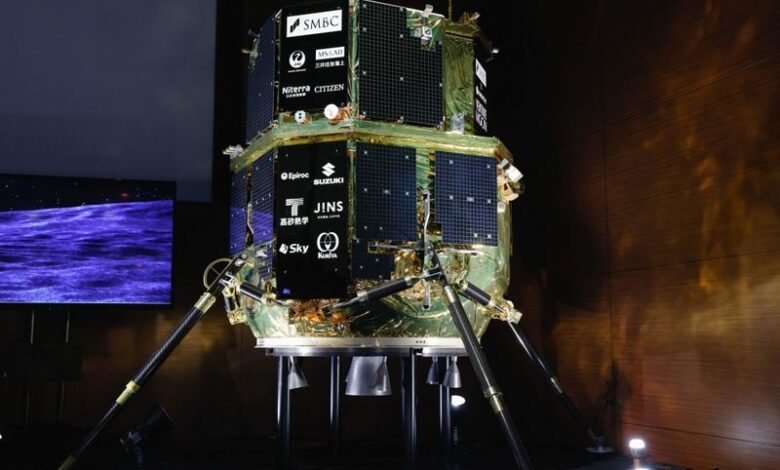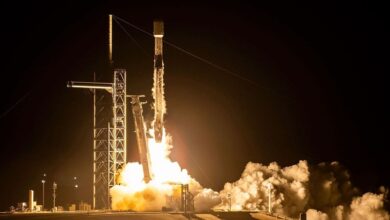Japan’s ispace fails again, Resilience lander crashes on moon surface
News Mania Desk / Piyal Chatterjee / 7th June 2025

Japanese firm ispace reported that its unmanned moon lander probably crashed onto the lunar surface during its landing attempt on Friday, signifying another setback two years after a failed first mission.
Tokyo’s ispace aimed to compete with American companies Intuitive Machines and Firefly Aerospace in achieving successful commercial lunar landings, amidst a global competition that features government-backed lunar missions from India and China. While this setback results in another extended delay for Japan’s commercial lunar endeavors, the nation continues to support the U.S.-led Artemis initiative, and numerous Japanese firms are exploring lunar exploration as a potential business opportunity.
Resilience, ispace’s second lunar lander, encountered issues gauging its distance to the surface and was unable to decelerate quickly enough, the company stated, noting it has been unable to contact Resilience following a probable hard landing.
“Genuinely varied situations could arise, such as problems with the propulsion system, software or hardware, particularly concerning sensors,” stated ispace Chief Technology Officer Ryo Ujiie during a press conference.
A gathering of over 500 ispace employees, shareholders, sponsors, and government representatives suddenly fell quiet when flight data vanished less than two minutes before the expected landing time during a public viewing event at mission partner Sumitomo Mitsui Banking Corp in the early hours in Tokyo.
ispace shares were untraded, inundated by sell orders, and appeared poised to finish at the daily limit-low, indicating a 29% drop. By the end of Thursday, ispace’s market capitalization exceeded 110 billion yen ($766 million). In 2023, the company’s initial lander crashed on the moon’s surface because of incorrect altitude detection. Software solutions have been applied, whereas the hardware configuration remained largely the same in Resilience.
Resilience carried a four-wheeled rover and five payloads worth $16 million, targeting Mare Frigoris for scientific exploration. If successful, it planned 14 days of activities with NASA. While ispace remains Japan’s leading lunar transport, future foreign transport options may be explored. Six more missions are projected through 2029. “NASA increasingly needs private companies to improve cost efficiency for key missions with limited budgets,” ispace CEO Takeshi Hakamada said, referring to U.S. President Donald Trump’s proposed budget cuts.
“To meet NASA’s expectations, we’ll support our U.S. subsidiary to keep up with development and play a role.”






